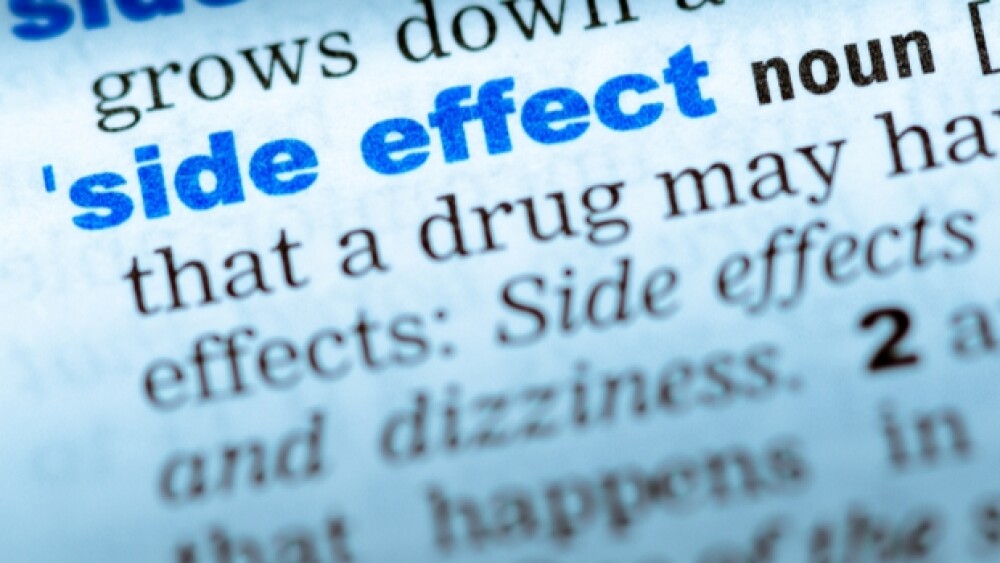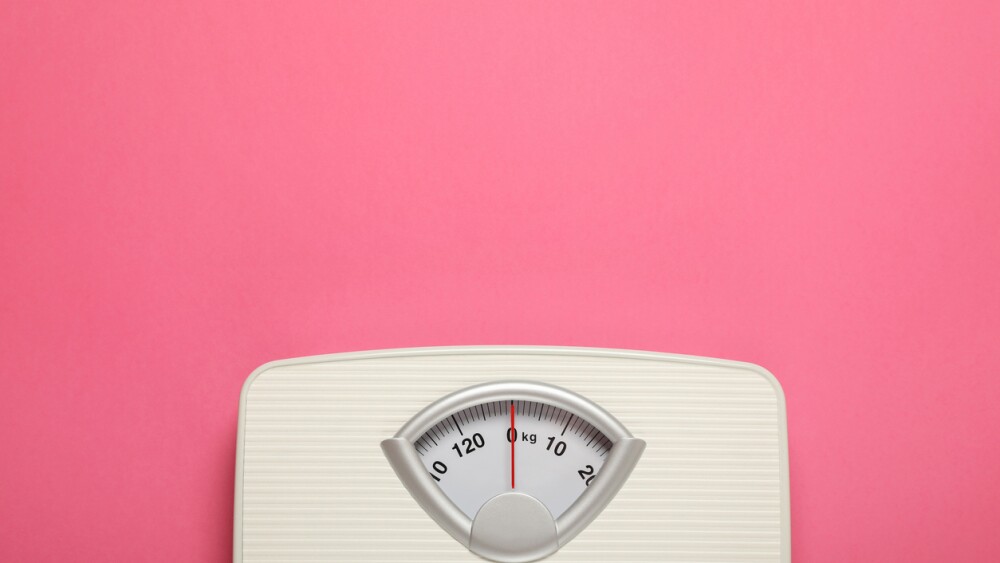Physicians are worried that a lack of transparency about side effects might prevent people from going back for a second dose, or even getting the first one.
The long wait for a COVID-19 vaccine may be almost over. On Friday, Pfizer and BioNTech applied for emergency use authorization (EUA) for their COVID-19 vaccine – but now the excitement needs to turn to action, and physicians are worried that a lack of transparency about side effects might prevent people from going back for a second dose, or even getting the first one.
The vaccines do contain a small amount of the coronavirus, and first-hand accounts of trial participants suggest that the public needs to be prepared for some unpleasant effects, however transient.
“We really need to make patients aware that this is not going to be a walk in the park,” said Dr. Sandra Fryhofer, an American Medical Association (AMA) Board of Trustees member during a virtual meeting with the Center for Disease Control and Prevention (CDC’s) Advisory Committee on Immunization Practices (ACIP). “They are going to know they had a vaccine. They are probably not going to feel wonderful. But they’ve got to come back for that second dose.”
This is important because all but Johnson & Johnson’s vaccine require a second dose, and the effectiveness of one – the AstraZeneca-Oxford vaccine – may even depend on it.
A potentially significant factor revealed by AstraZeneca’s high-level results from an interim analysis was that its vaccine appeared to be 90% effective in study participants who received a half-dose followed by a full dose at least one month later. This was compared to only 62% efficacy in patients receiving a full two doses at least one month apart.
According to a statement by AstraZeneca’s head of biopharmaceutical research, Dr. Mene Pangalos, researchers were confused when the results showed volunteers within the vaccine group actually reported milder side effects, which included headaches, fatigue and arm aches.
“So we went back and checked ... and we found out that they had underpredicted the dose of the vaccine by half,” said Pangalos. “The reason we had the half dose is serendipity.”
Scientists hypothesize that this could be because the first half-dose prepared the participants’ immune systems with a small sample of the coronavirus, followed by the full-blown immune response.
Dr, Adrian Hill, a professor of human genetics and lead Oxford researcher on the vaccine, said that it would take “probably weeks and months” to understand the reasons behind the increased efficacy with the lower dose.
“We don’t fully understand that, but there’s several ideas around as to how it might work, and we’re exploring those,” Hill told CNN’s Becky Anderson on Monday.
While this serendipity could lead to a psychological start in the “shallow-end” sell, this particular vaccine is not expected to go for EUA until January 2021 at the earliest. The Pfizer-BioNTech vaccine, which could begin deployment in the U.S. in December, requires two full doses, and the same is true for the Moderna vaccine which could be right behind it. Johnson & Johnson’s vaccine is the only frontrunner requiring only a single dose, but an EUA is not expected until March or April 2021.
Patsy Stinchfield, a Children’s Minnesota nurse practitioner who was the first nurse voting member of the ACIP in 2004, said during the Monday virtual meeting said that using positive language to talk about the side effects is important. She suggested that they could say “response” instead of “adverse reaction.”
“These are immune responses,” said Stinchfield. “And so if you feel something after vaccination, you should expect to feel that. When you do, it’s normal to have some arm soreness or fatigue, some body aches and maybe even a fever. It sounds like in some of these trials, maybe even having to stay home from work.”






